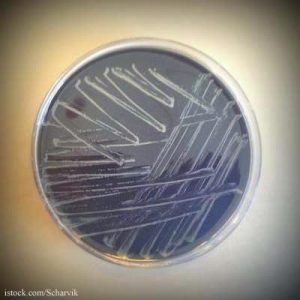Salmonella and Campylobacter poisoning cases are on the rise in Australia, even as the overall rate of food poisoning there declines, according to a new study. Campylobacter and Salmonella are commonly associated with poultry and dairy products.
 Food poisoning is common in Australia, where one in five people suffer a bout each year, similar to the U.S. where one in six people are stricken annually. For this study, researchers included 23 pathogens in their analysis of a decade of data from 2000 to 2010. For most of the illnesses, about 80 percent of them, the specific pathogen was unknown. For illnesses where the pathogen was known, 93 percent were attributed to just four pathogens: E.coli, Camplobacter, Salmonella and norovirus.
Food poisoning is common in Australia, where one in five people suffer a bout each year, similar to the U.S. where one in six people are stricken annually. For this study, researchers included 23 pathogens in their analysis of a decade of data from 2000 to 2010. For most of the illnesses, about 80 percent of them, the specific pathogen was unknown. For illnesses where the pathogen was known, 93 percent were attributed to just four pathogens: E.coli, Camplobacter, Salmonella and norovirus.
Overall the number of cases of food poising dropped from 4.3 million in 2000 to 4.1 million in 2010 when an estimated 30,840 Australians wee hospitalized with food poisoning and 76 people died. Salmonellosis and campylobacteriosis cases, which increased from 2000 to 2010, were the leading causes of hospitalizations. Listeriosis and salmonellosis were the leading causes of death from food poisoning.
Salmonella outbreaks linked to raw eggs increased “markedly” between 200 and 2010, researchers said. It is not clear what is driving the increase in consumption of raw eggs.
Foodborne illnessed, hospitalizations, and deaths cost Australia an estimated $1.25 billion annually. Researchers said hope the findings lead to improved regulation and control of foodborne disease for specific pathogens.




